Domestic creative cultural products and services are considered to have the potential to become an important economic sector of our country. However, there are currently no specific preferential policies for businesses operating in the cultural industry.
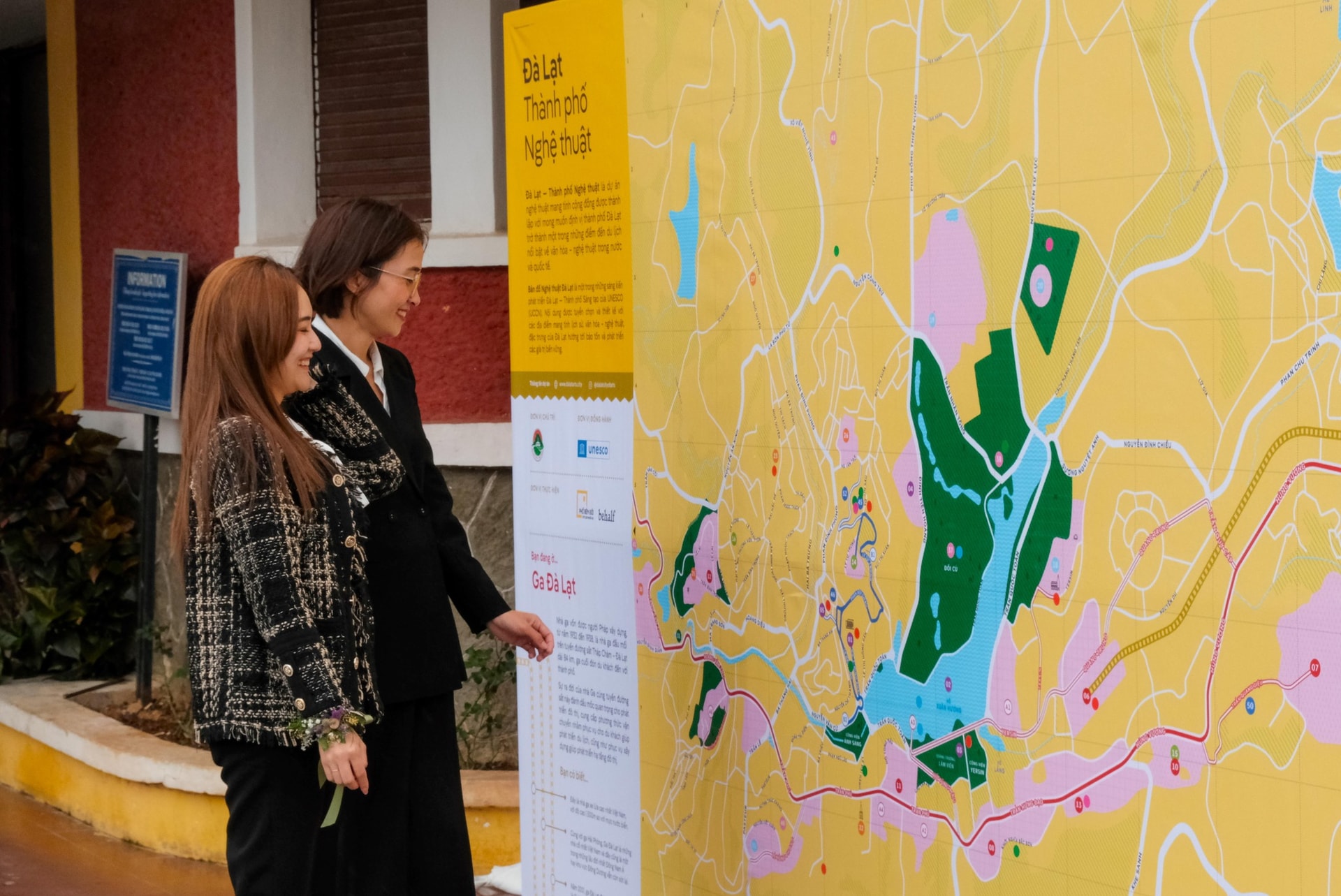
1. Last August, at Da Lat train station, Digital Art Company 7 launched the “Da Lat Art Tourism Map”. This event was attended by leaders of Da Lat City People’s Committee and UNESCO Representative in Vietnam. This is one of three local initiatives to promote the role of creative culture, realizing the commitments when joining the UNESCO Creative Cities Network.
To have a unique cultural tourism product of a locality serving the sustainable development of that locality, careful research and survey are needed.
The map was created from the idea of Art Company No. 7 with the Creative Space Pho Ben Doi, whose CEO is Mr. Hien Nguyen. He and his team spent a lot of time researching, mapping, compiling and classifying addresses, landmarks and places that have a strong mark on the history, culture and art of Da Lat. In addition to consulting relevant official documents, many surveys and interviews with local personnel helped the Company's working group compare and filter out authentic information about the special features of each address.
After many rounds of information screening, referring to the practices of some countries in the world and having content licensed by the authorities, 59 main and secondary destinations in the central area of Da Lat and some neighboring areas, are classified into 8 groups according to the purpose of visiting, such as historical and heritage spaces, natural landscapes, exhibition spaces and art venues, music and entertainment destinations...
This map is not only a simple navigation and guidance but also a unique work of art, skillfully telling the story of Dalat through lines and colors, giving visitors different perspectives of Dalat, helping visitors discover the rich cultural and creative values of this city.
Up to now, there are more than 20,000 copies of the Dalat Artistic Tourism Map printed in Vietnamese and English on environmentally friendly paper, distributed for free and given as gifts at many cultural events in the city. The current format of the Map is the foundation for digitization, creating applications on smart mobile devices, better serving every resident and tourist to Dalat. The financial support for production from the Dalat government for this project accounts for less than 10% of the total production cost.
Besides that small joy, the owner of the Dalat Art Tourism Map project also expressed his concern: Private units like us cannot have the financial and human resources to continue providing such products for free.
2. Resources underground, under the sea, in the forest can be exhausted, but culture alone will be an endless source of wealth if we know how to exploit, use and promote its value. Currently, the number of creative cultural enterprises accounts for 3.1% of the total number of enterprises in the country, the number of economic establishments in the cultural industry is about 70,321 units, including 12 industries: Advertising, Architecture, Software and entertainment games, Handicrafts, Design, Cinema, Publishing, Fashion, Performing arts, Fine arts, photography and exhibitions, Television and radio, Cultural tourism.
To have a cultural tourism product specific to a locality serving the sustainable development of that locality, it is necessary to have a lot of research and field surveys, the initial cost of which is often paid by the enterprises themselves. However, this product line does not have quick profits and if there is any, it is very little, so most companies do not invest but rely on the available products of the locality to exploit. Domestic creative cultural products and services are assessed to have the potential to become an important economic sector of our country. However, they are currently facing many difficulties due to the lack of mechanisms and preferential policies specifically for enterprises operating in the cultural industry.
However, the Law on Value Added Tax (amended), discussed by the National Assembly on October 29, has removed the regulation that goods and services of cultural activities such as exhibitions, art performances, film production, etc. are entitled to a value added tax rate of 5%, and now proposes to increase it to 10%. The Ministry of Finance and some opinions of National Assembly deputies said that: Only apply the tax rate of 5% to "Traditional and folk performing arts activities", other activities increase to 10%. Because other forms of entertainment and art have been socialized and are highly market-oriented. Public opinion believes that if the rate is increased, it will "add more difficulties" to cultural workers and cultural enterprises.
More than ever, it is necessary to build a system of legal tools to solve outstanding issues such as initial investment capital, ownership rights, and quantifying the value of creative cultural ideas and initiatives.
The bottleneck of the creative culture industry is the outdated regulations. The only way to remove that bottleneck is to introduce regulations that are suitable for the new situation in building incentive mechanisms, tax exemptions and reductions that are suitable for reality and feasible to attract domestic and foreign investment in the field of culture and arts, and develop cultural industries. That is the solid "support", the way to strengthen the sustainable foundation for the development of creative culture.
Source: https://daidoanket.vn/cong-nghiep-van-hoa-nhin-tu-tam-ban-do-du-lich-nghe-thuat-10295115.html



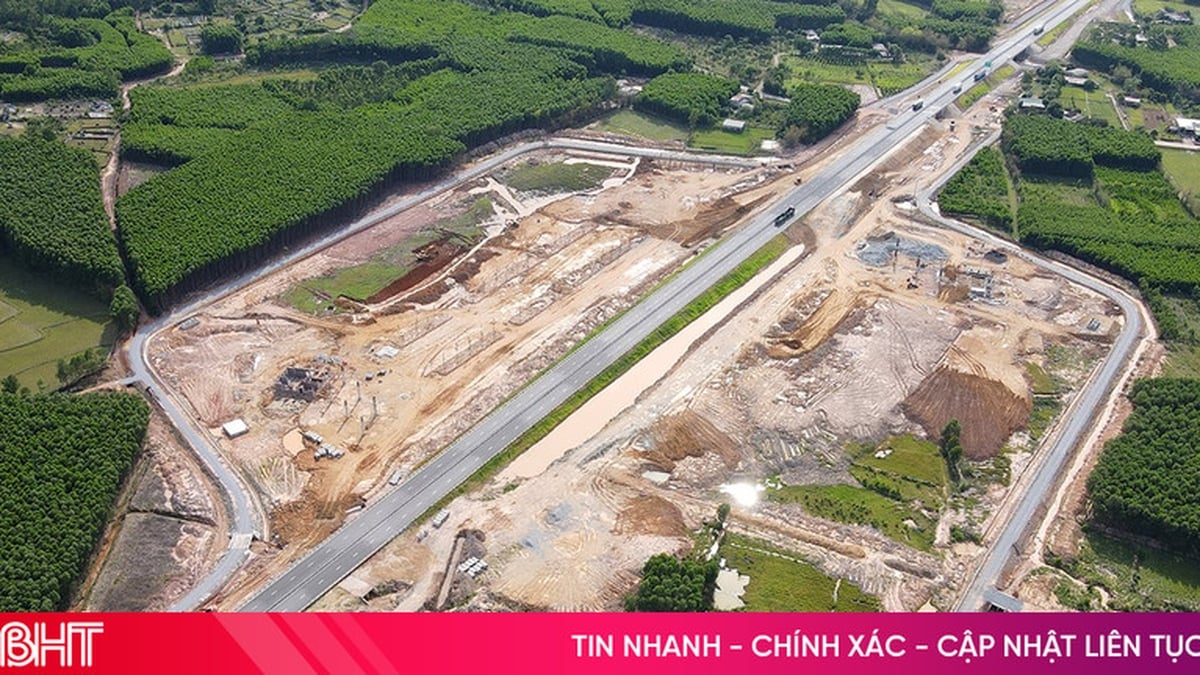
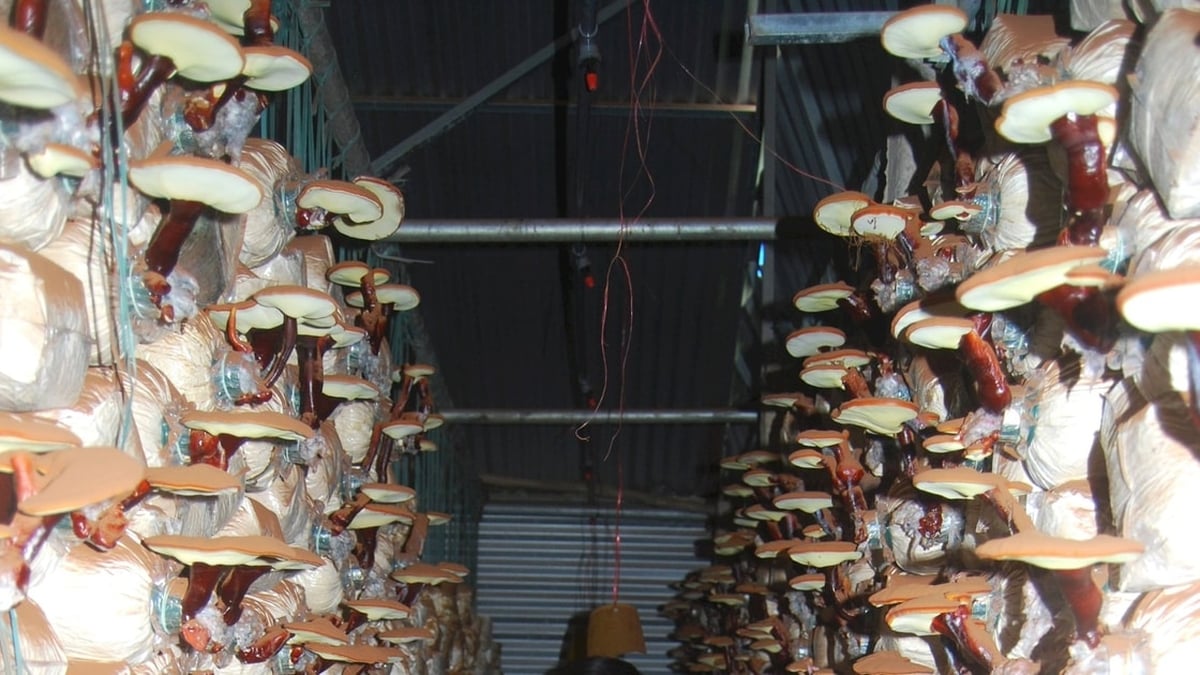
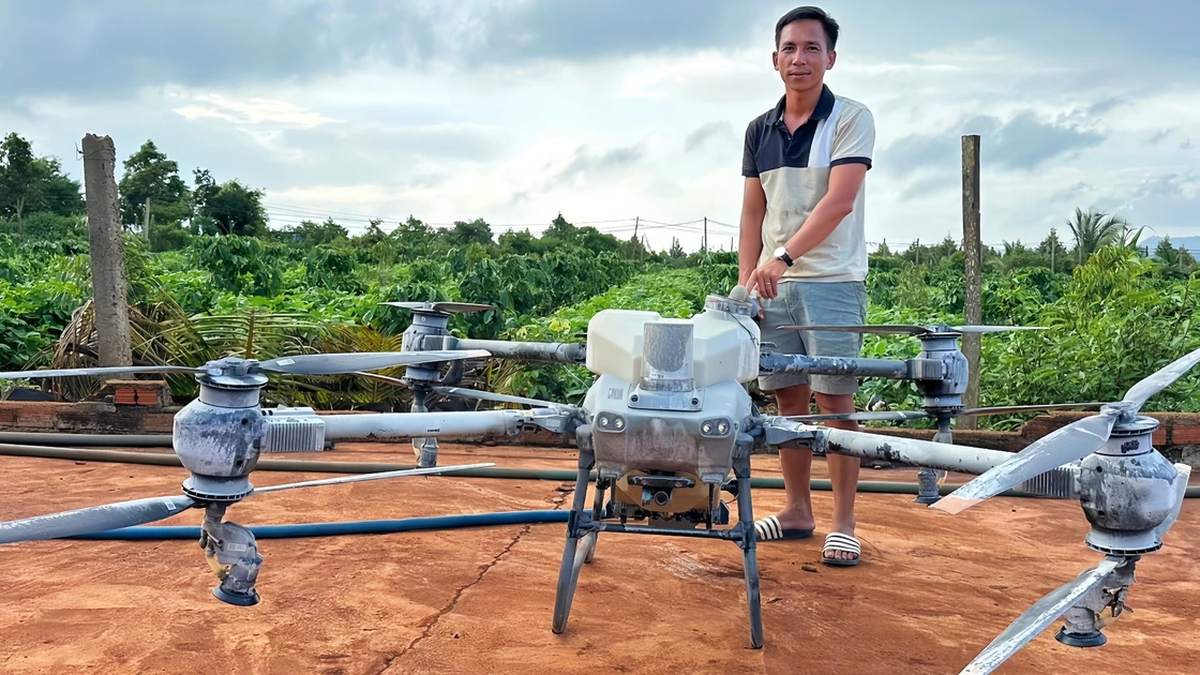
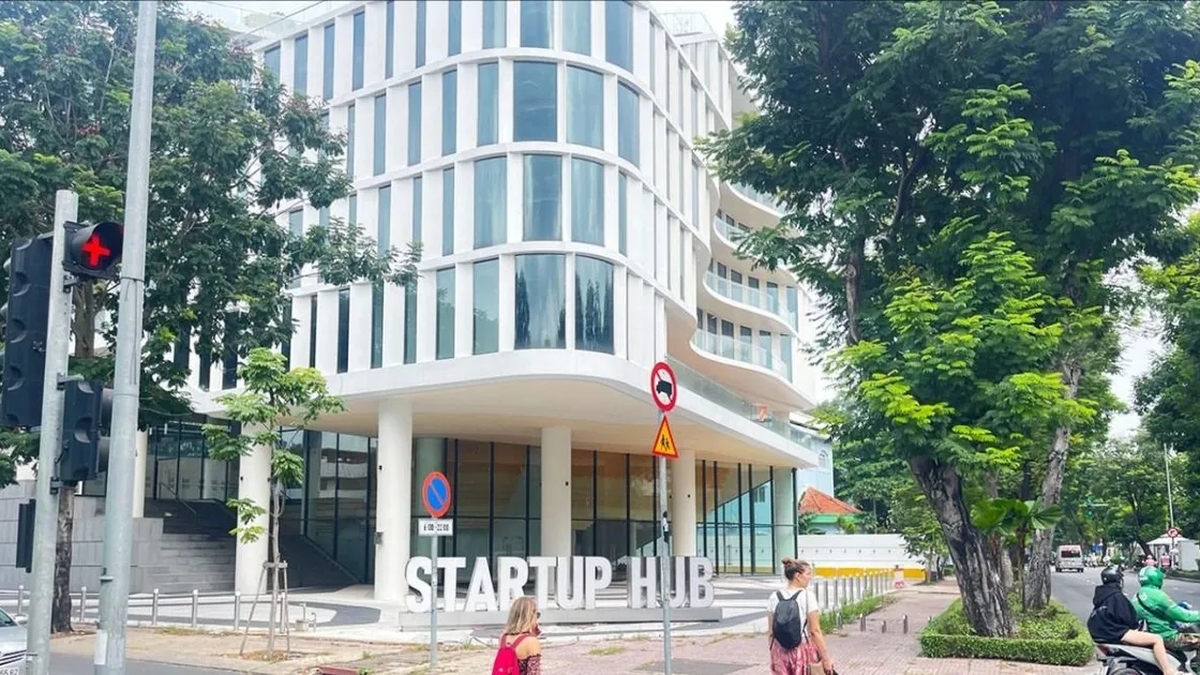
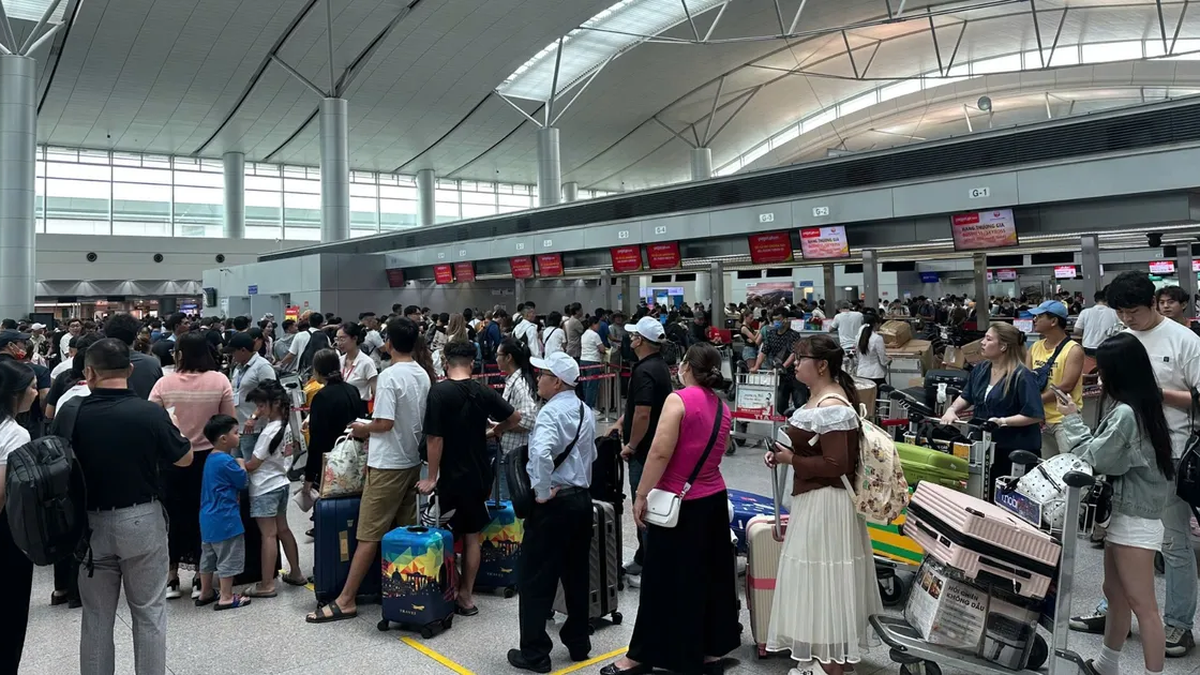
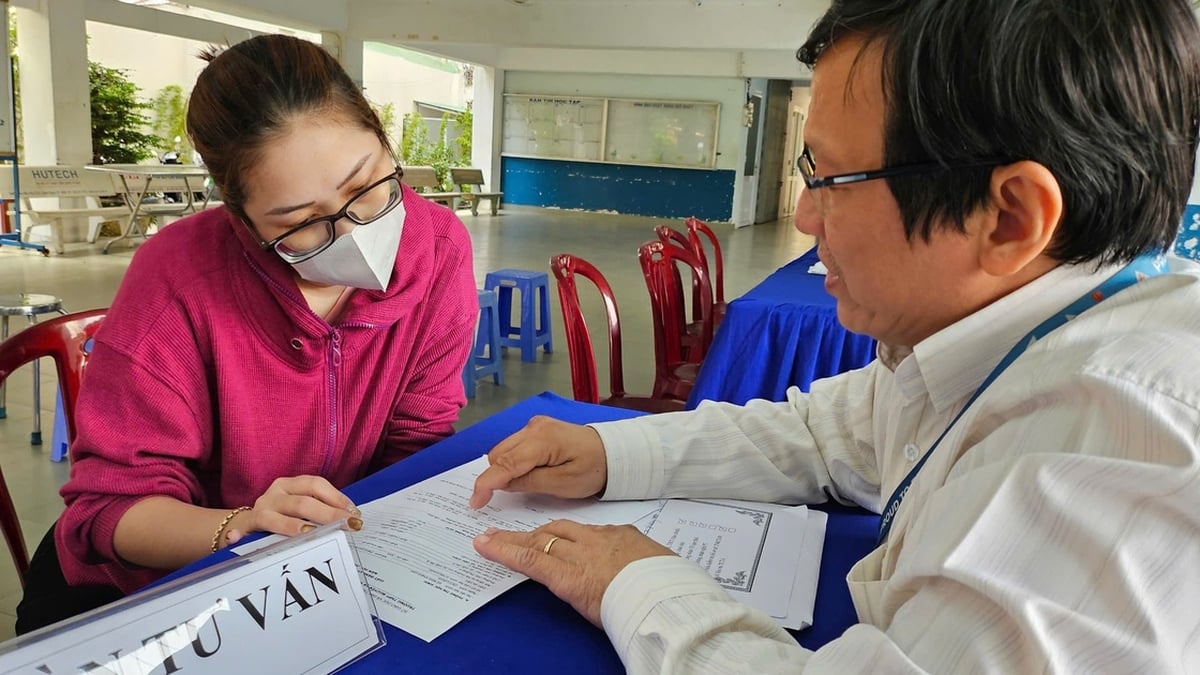
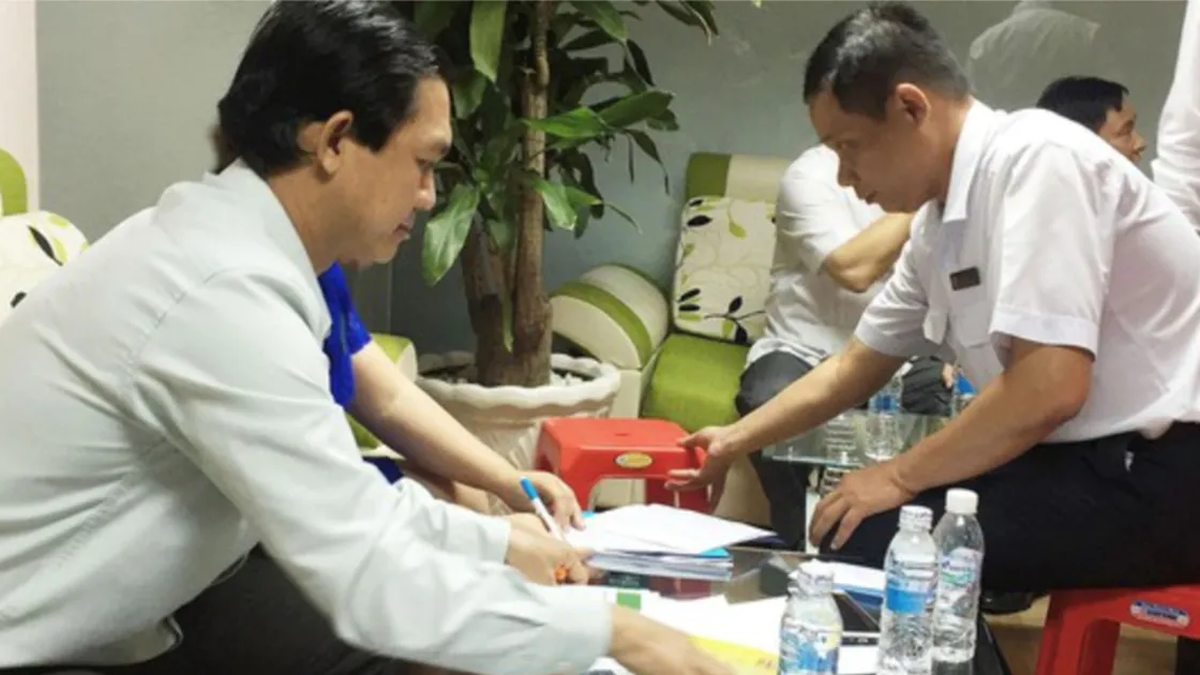

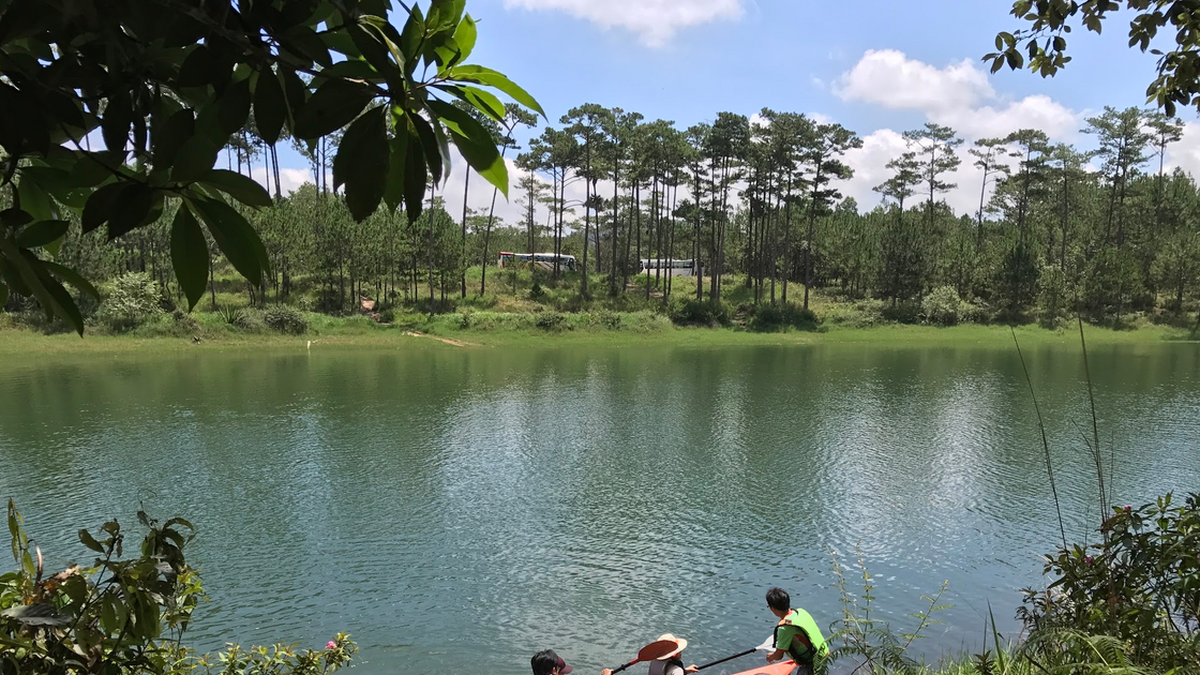

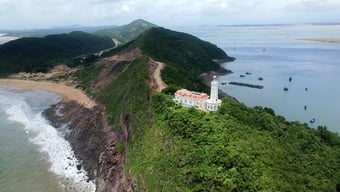



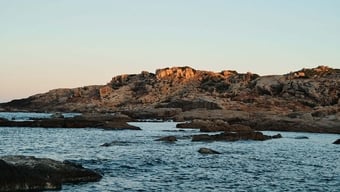
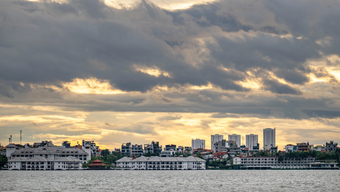


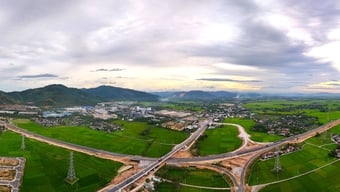

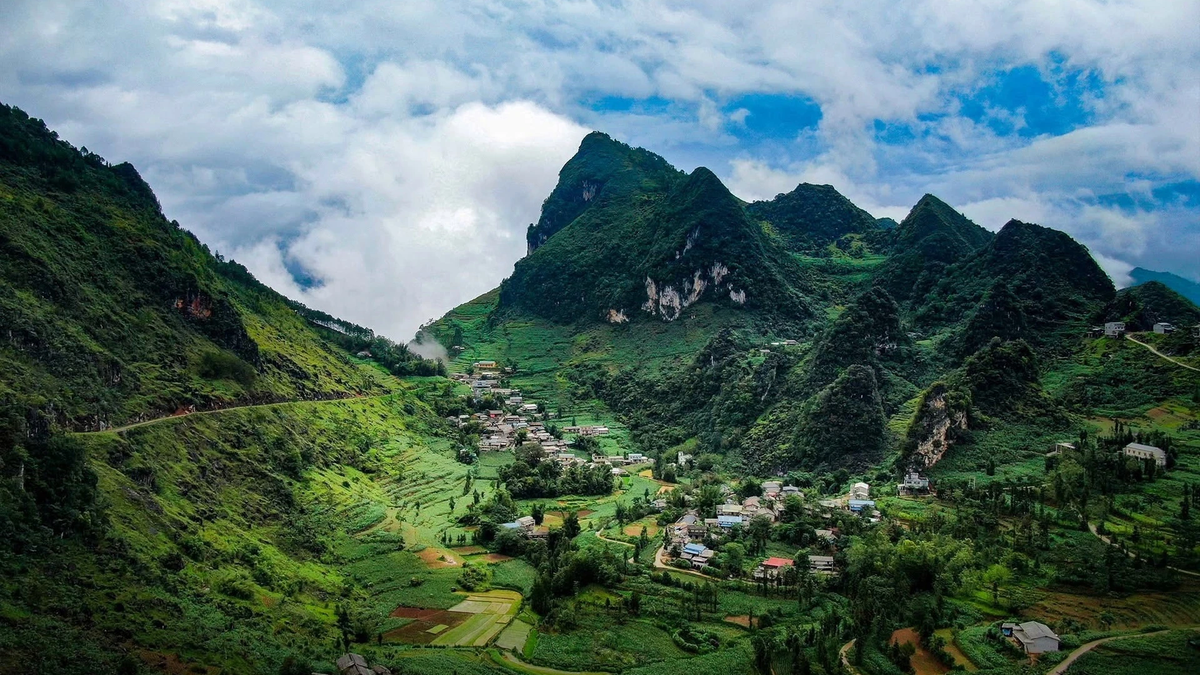




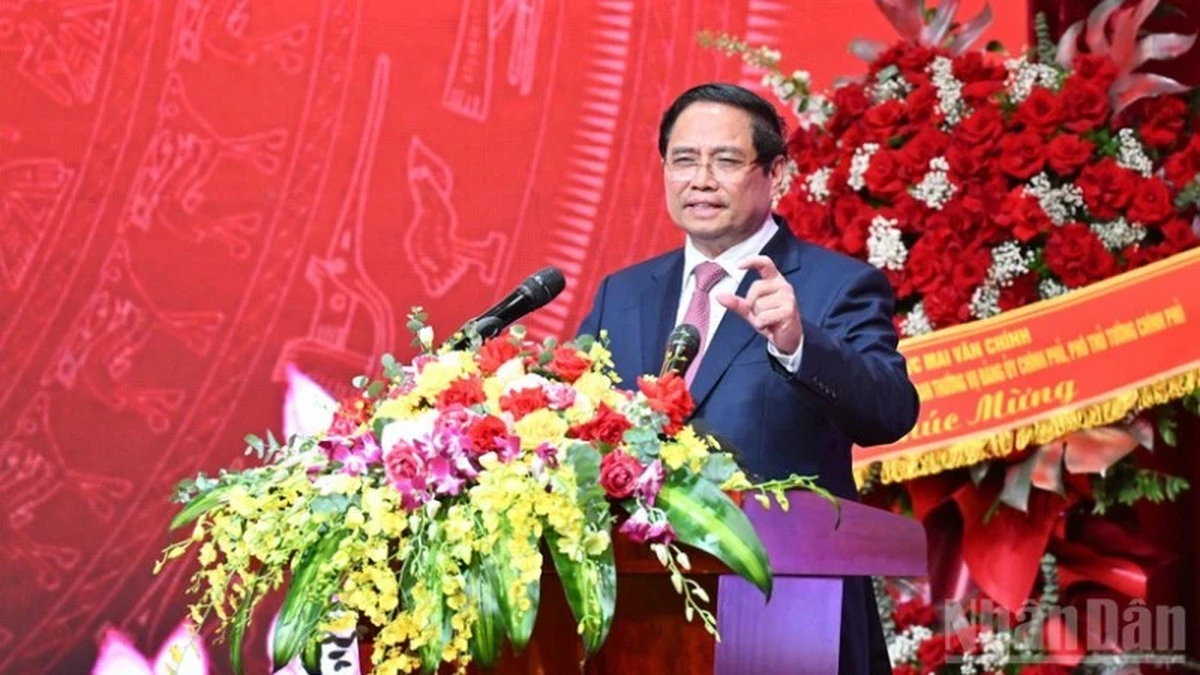

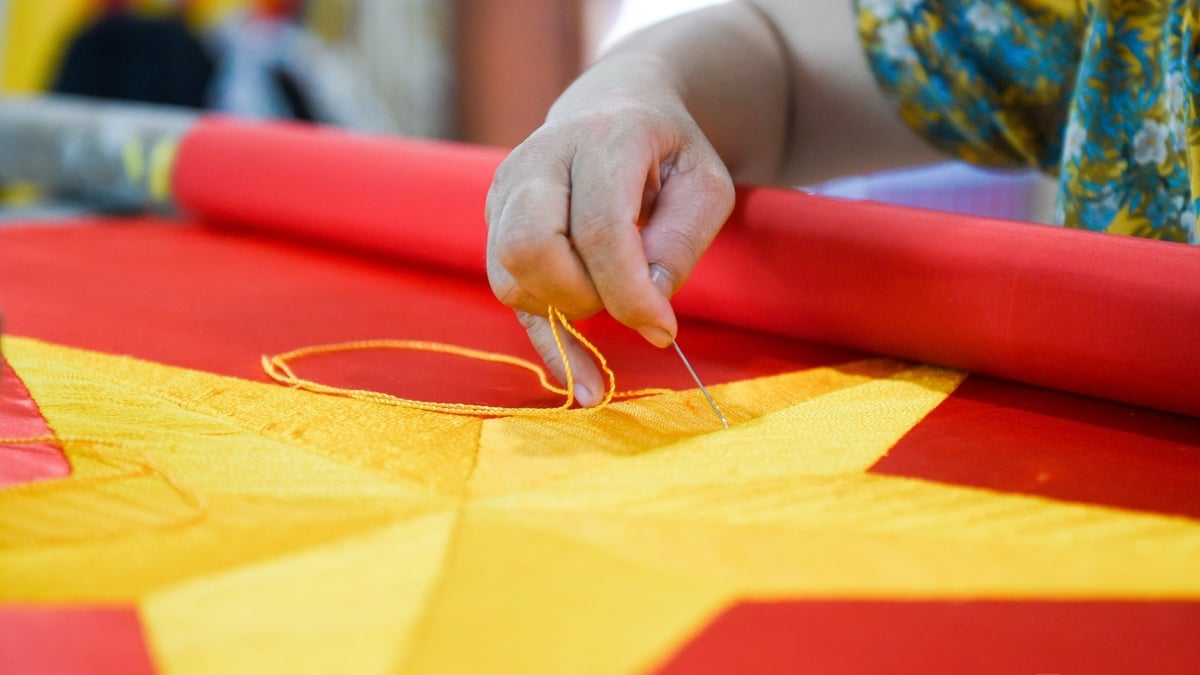
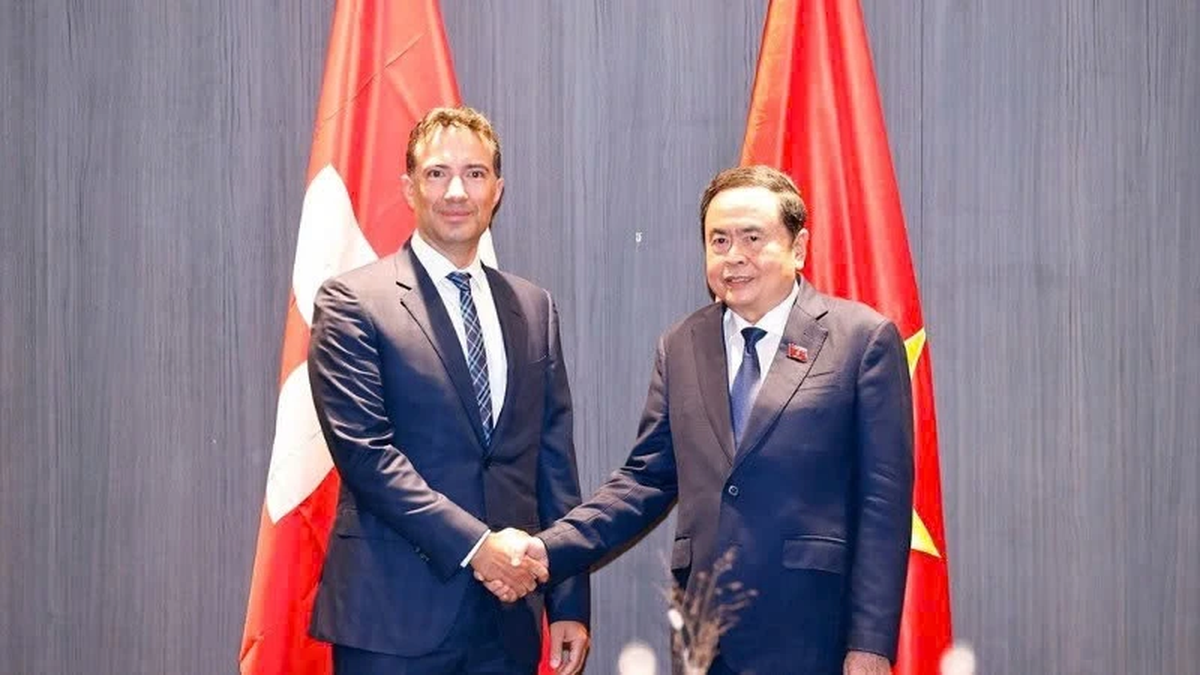
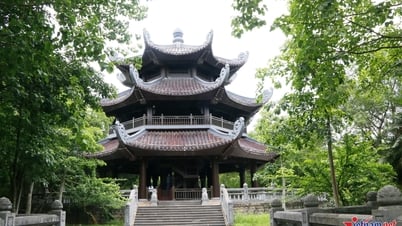


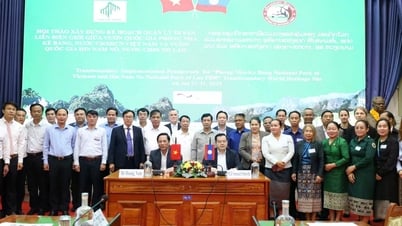

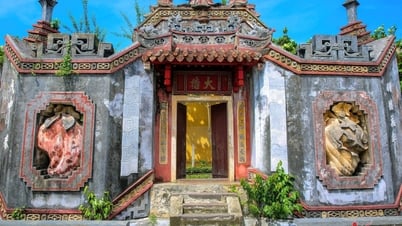
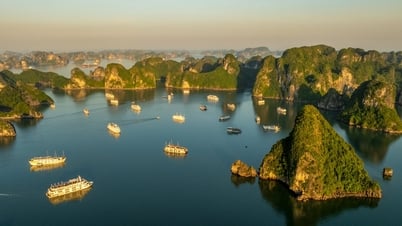

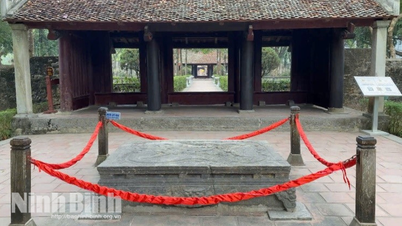




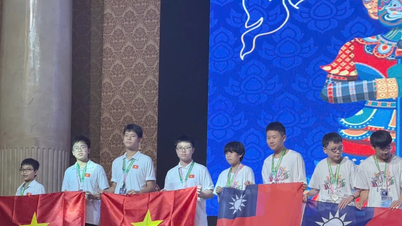






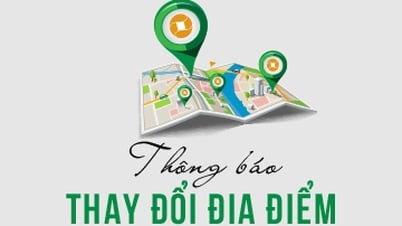


![[Maritime News] Container shipping faces overcapacity that will last until 2028](https://vphoto.vietnam.vn/thumb/402x226/vietnam/resource/IMAGE/2025/7/30/6d35cbc6b0f643fd97f8aa2e9bc87aea)
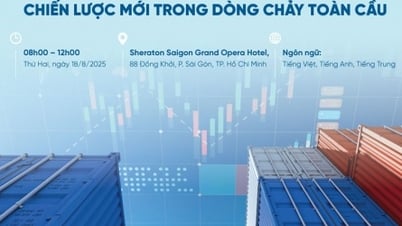

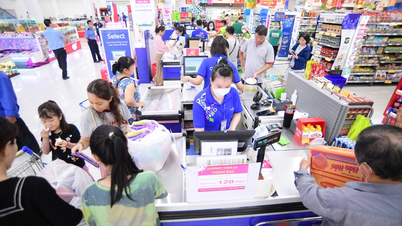




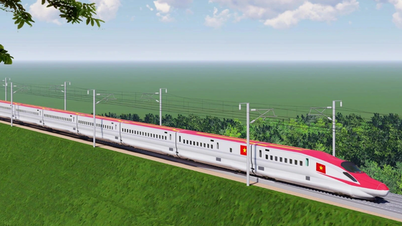




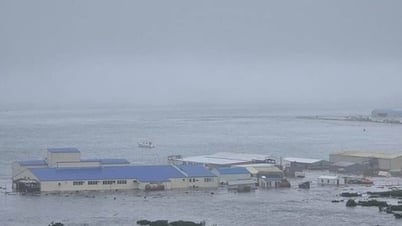



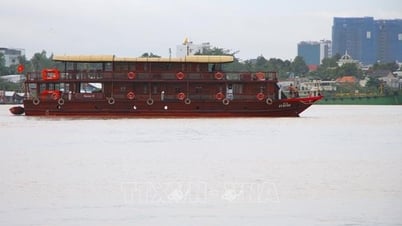

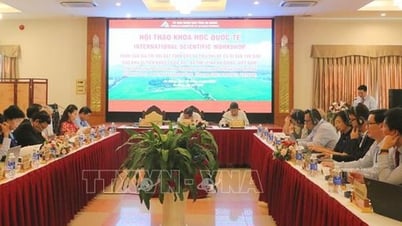

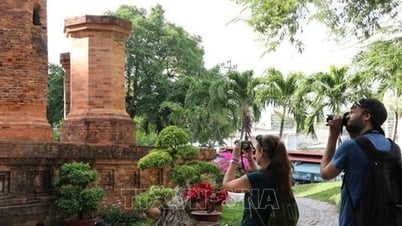
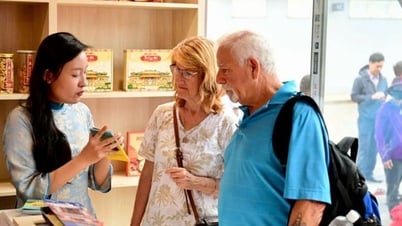
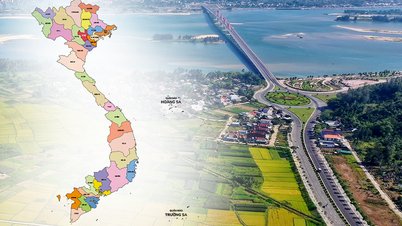


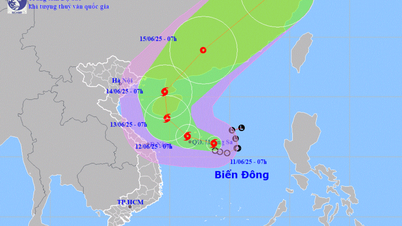

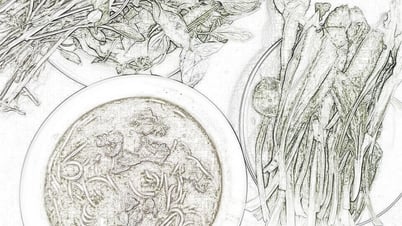
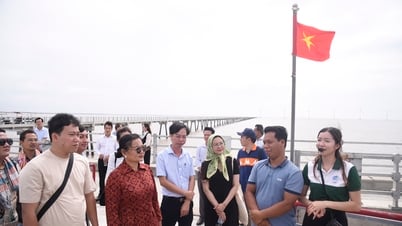
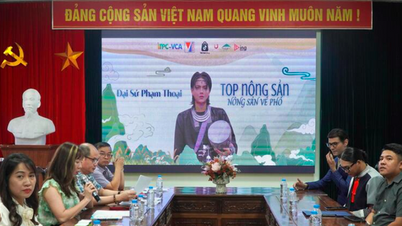

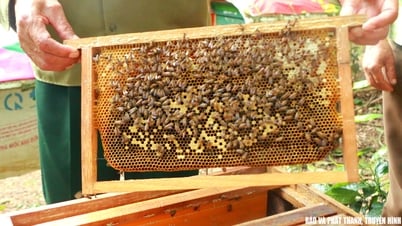

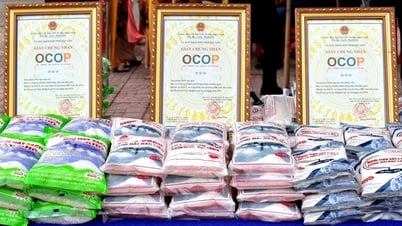
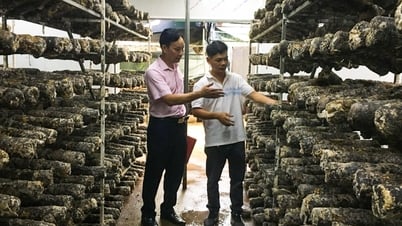

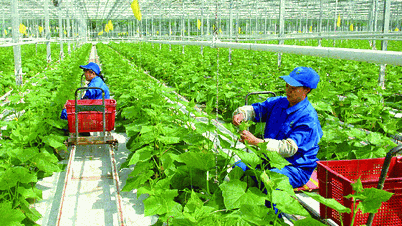




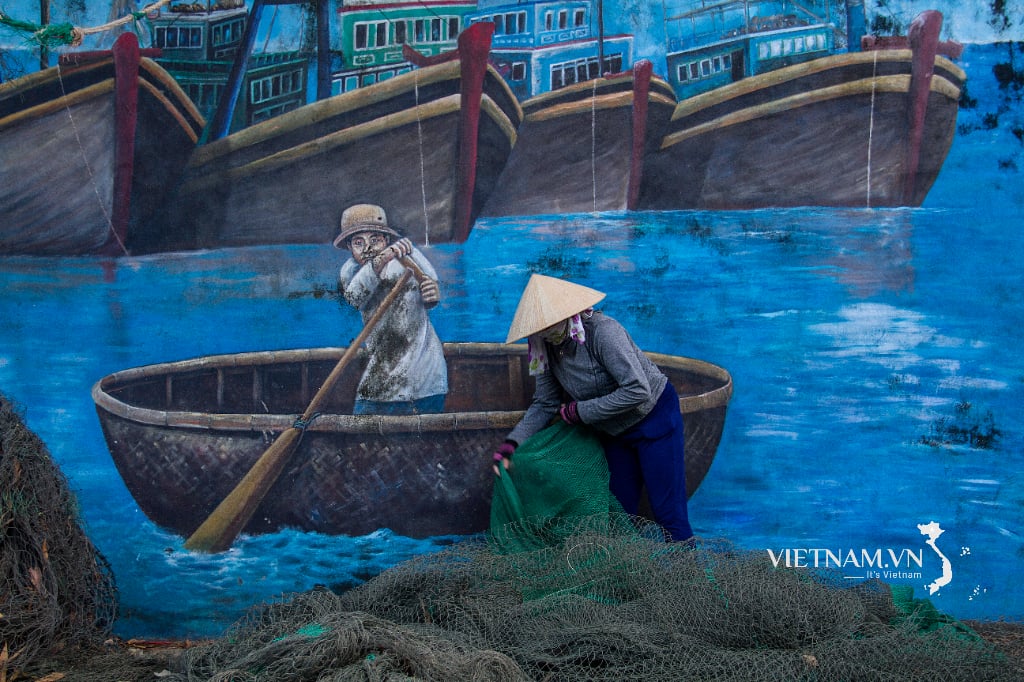
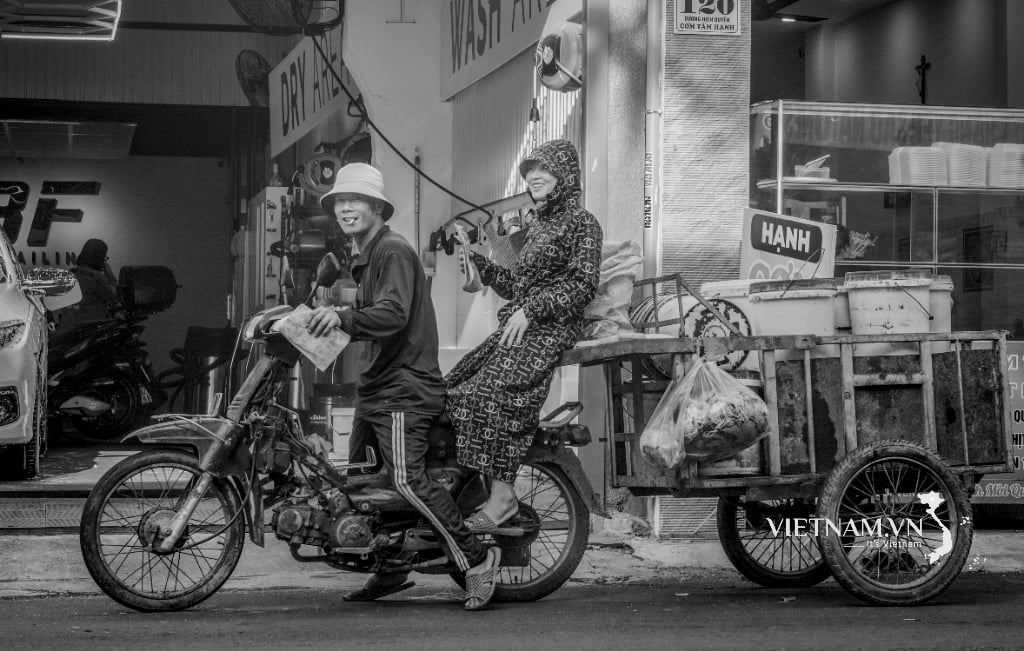


Comment (0)